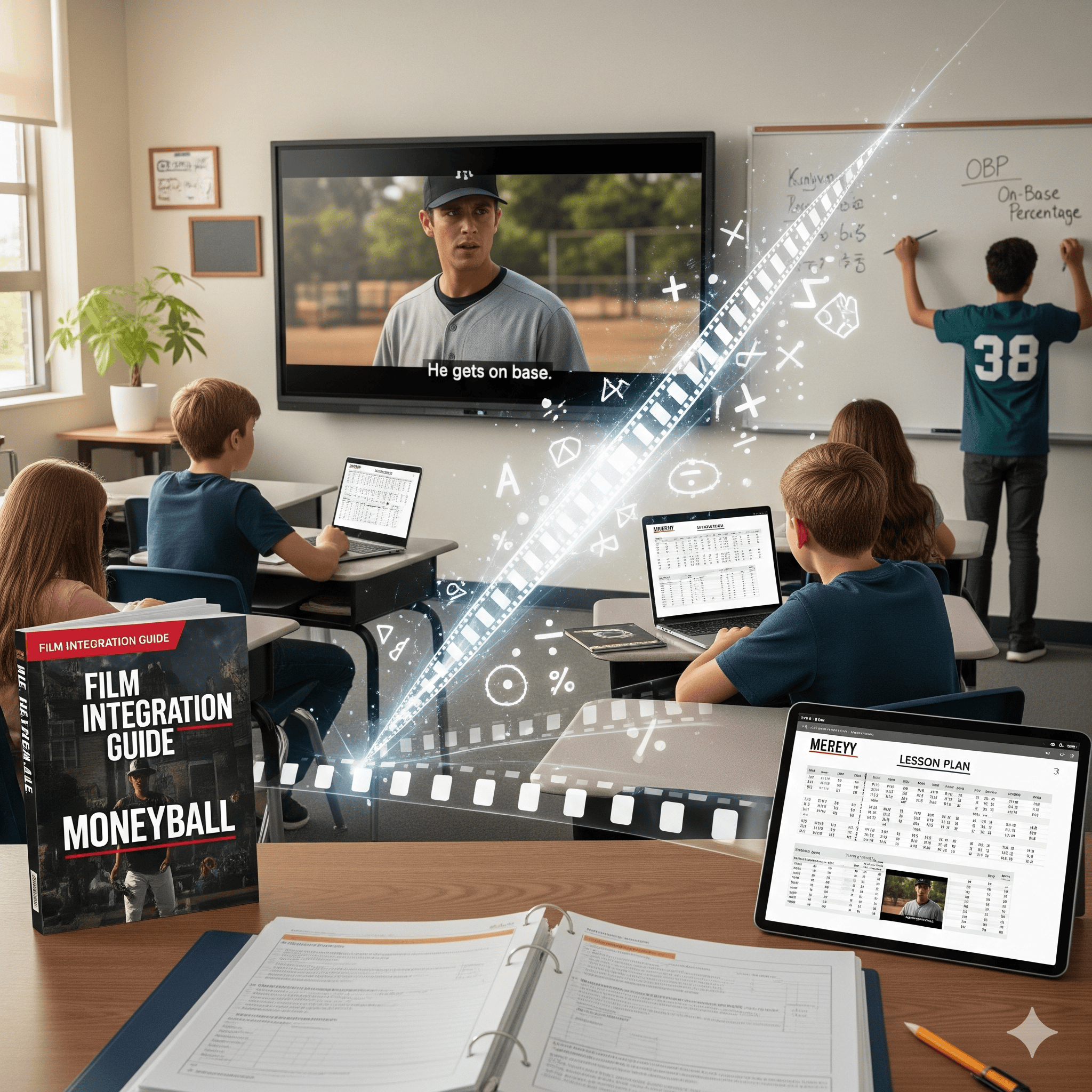13 Best Mathematician Movies for Kids of All Ages
13 Best Mathematician Movies for Kids of All Ages
Movies can do more than entertain. They can teach, inspire, and spark interest in new ideas. For children, educational films that mix stories with math concepts can turn a complex subject into something fun. Instead of just solving problems on paper, kids can see math come alive through characters, themes, and everyday life situations.
This guide introduces the 13 best mathematician movies for kids of all ages. Each film or special connects with math concepts in different ways: from animation that explains geometry to biographies that highlight mathematical genius. Parents, teachers, and educators can use these films as valuable learning guides and resources for movie-based math lessons to build curiosity, encourage critical thinking, and connect math to everyday life.
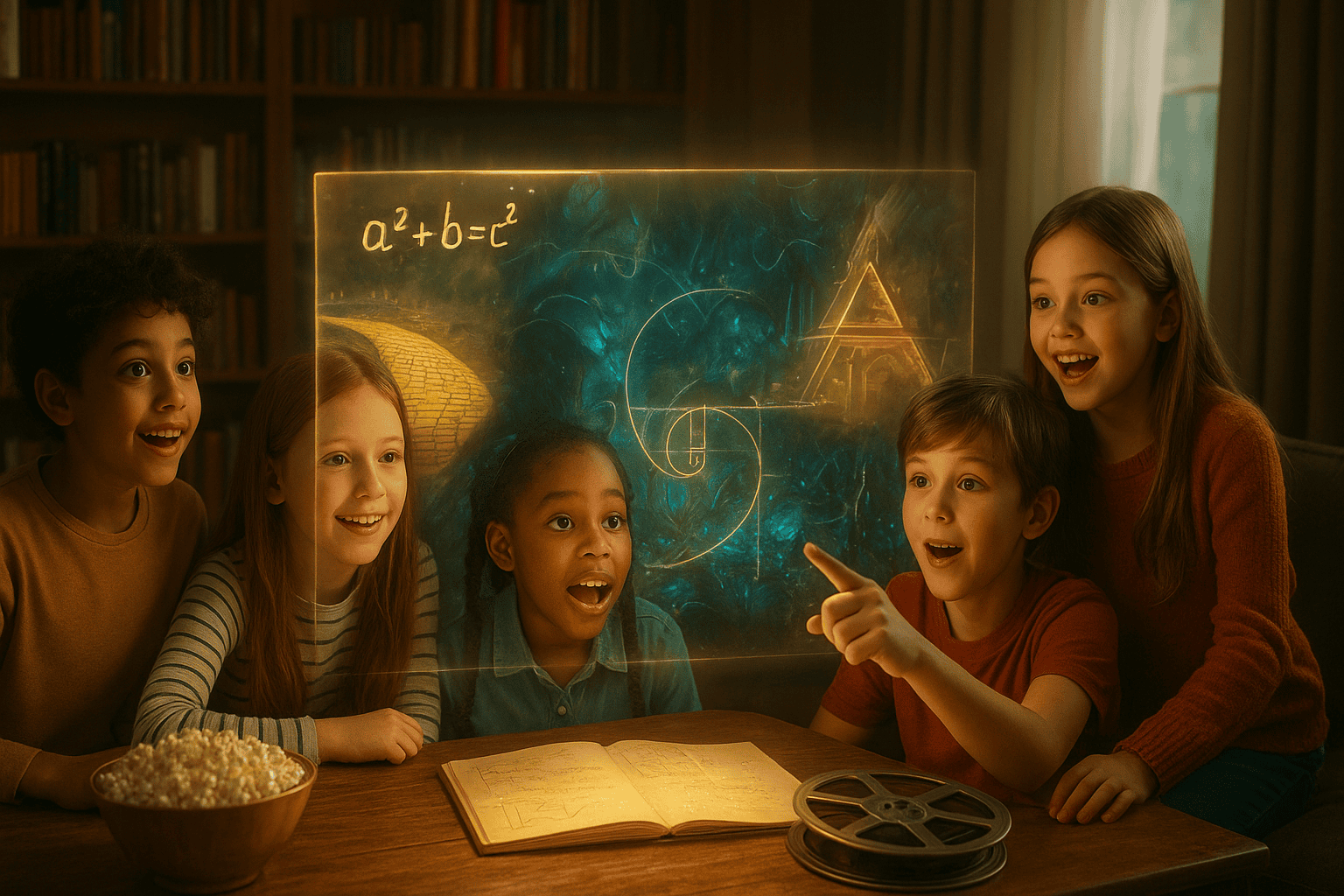
Why Learning Through Movies Boosts Kids’ Math Inspiration
A child who feels nervous about equations in class can watch the same ideas in an educational film and start to feel more confident. Learning through movies that use stories, music, pictures, and emotions makes learning easier to remember and helps build kids’ math inspiration.
Movie-Based Math Lessons That Inspire Kids
Children often learn best when they are excited and emotionally connected to the material. Movie-based math lessons use the power of stories, characters, and visuals to make numbers feel alive. Kids watch math in action, rather than just solving problems on worksheets. They see it in puzzles from animated films or key moments in historical dramas. This approach transforms learning into an experience that feels meaningful, not mechanical.
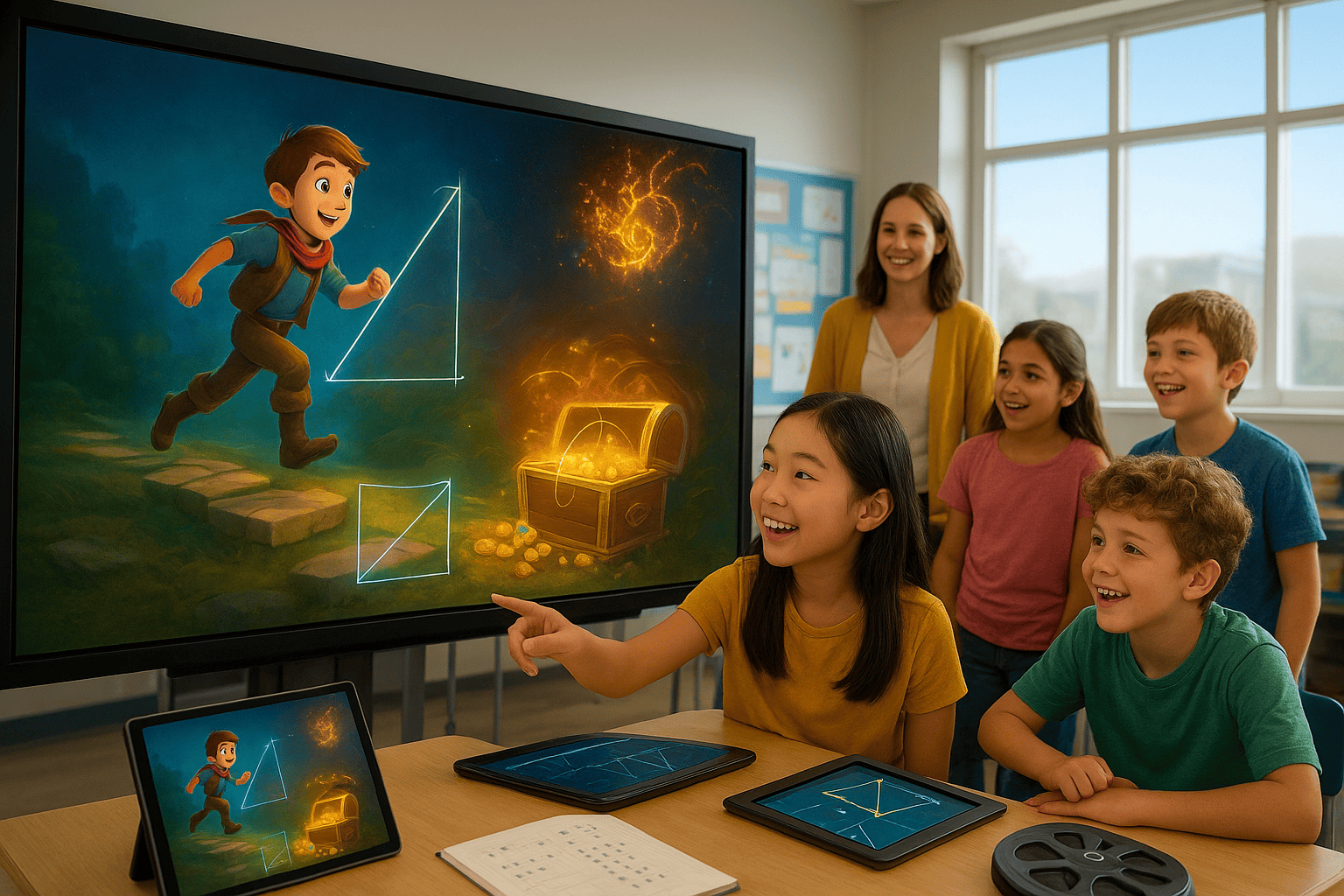
How Movies Bring Math Concepts to Life
When kids watch films that explain math, they see how numbers relate to creativity, art, and science. This helps them understand math better. For example, geometry becomes easier to grasp when shown through patterns in music or architecture. Algebra feels less abstract when tied to problem-solving in a story. By turning math into a visual and emotional journey, films help students explore the subject with curiosity instead of fear.
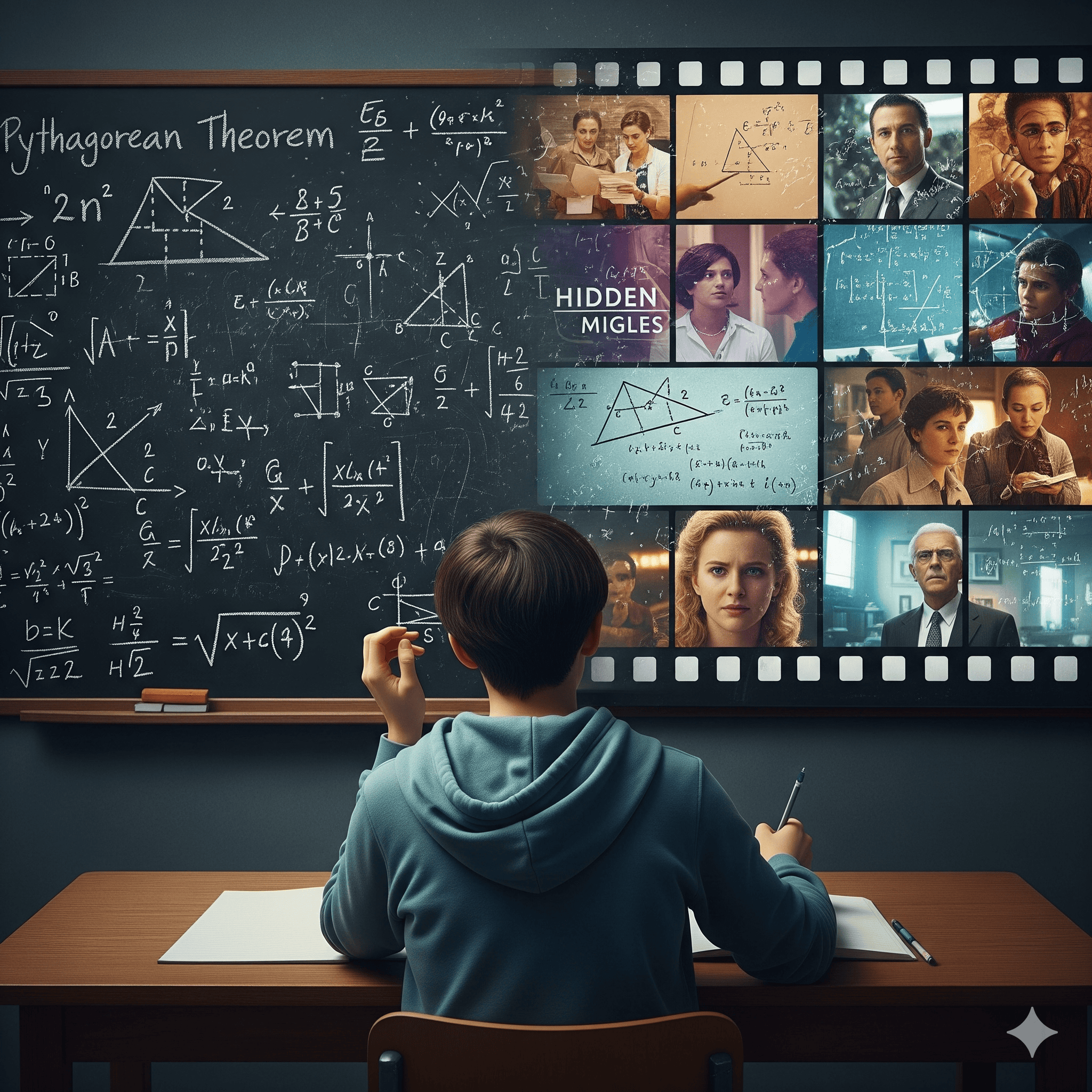
Different Age Groups, Different Learning Experiences
The strength of using movies based on math lessons lies in their adaptability across age groups. For younger kids, animated films and cartoons teach counting, shapes, and basic math playfully. As kids grow, they can handle more complex lessons. This includes stories about math geniuses or movies where solving problems is key. Older students benefit from seeing math as part of history, culture, and innovation, giving them a reason to respect its role in the real world.

Movies Build Critical Thinking Skills
Great educational films don’t just show formulas; they teach kids how to think. When students watch characters solve problems with logic, persistence, and creativity, they start using those same strategies in their own learning. Instead of fearing mistakes, children learn to test ideas, try different approaches, and enjoy the process of problem-solving.
When my students see math in a story full of hope, they stop worrying about right or wrong answers and start exploring ideas

Why movies work for teaching math:
Better memory: Kids remember concepts more when connected to a story or character.
Critical thinking: Characters show problem-solving that students can copy in school and daily life.
Real-world connections: Films reveal how math matters in science, art, history, and sports.
Cultural respect: Movies like Hidden Figures and The Man Who Knew Infinity show contributions from different people and cultures, proving math is a language shared worldwide.
By combining stories with math, movies make learning more engaging and meaningful. They help kids build confidence, curiosity, and see math as part of everyday life.
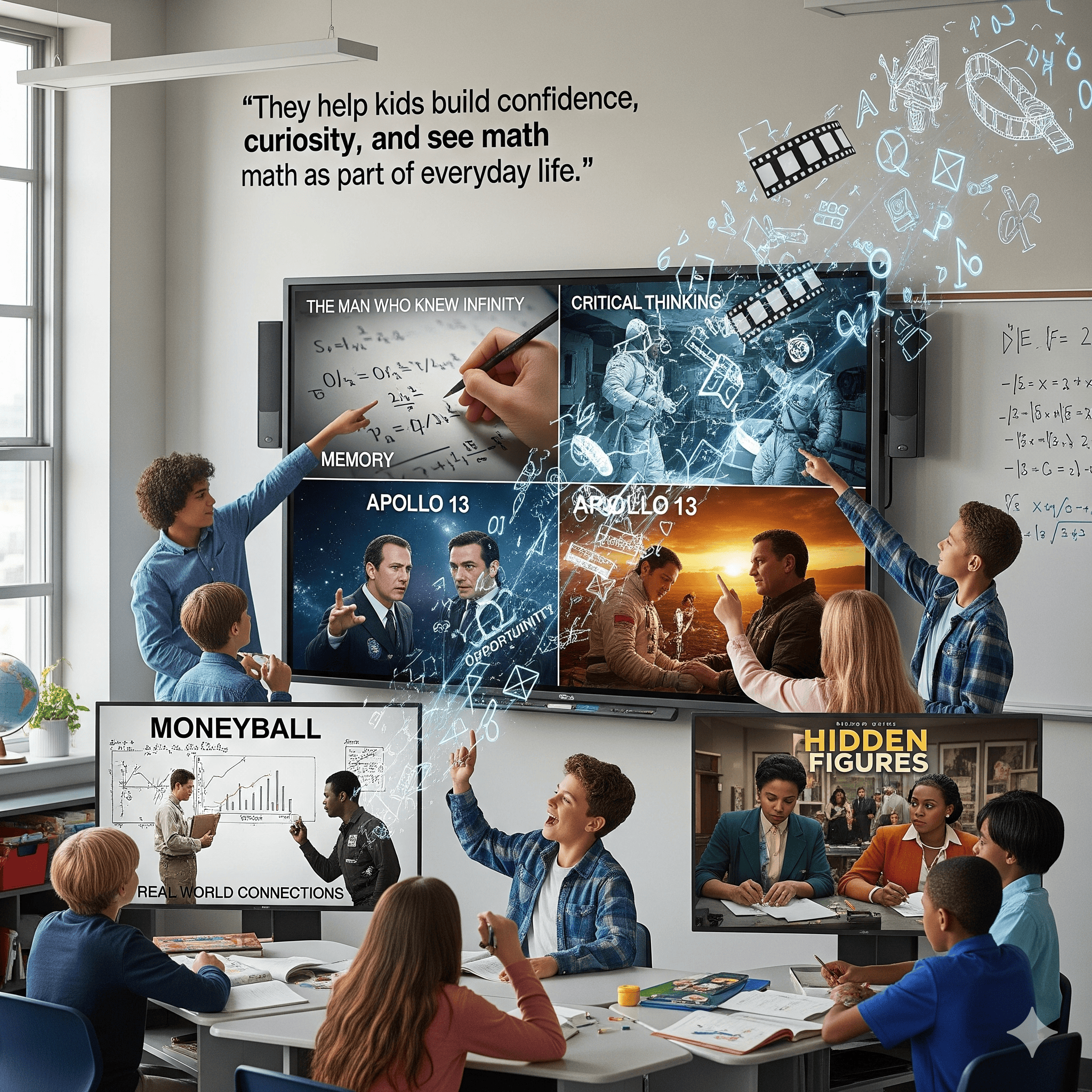
Learning Guides for Parents and Teachers
Movies based on math lessons are valuable tools for parents and teachers. They make learning math easier at home and in the classroom. A parent could show an educational film, like a sports movie, to help their young son grasp statistics. Meanwhile, a teacher might use a brief scene in class to link math to daily life. These guides make math approachable, helping students see that lessons are not limited to textbooks; they’re part of the world they live in.
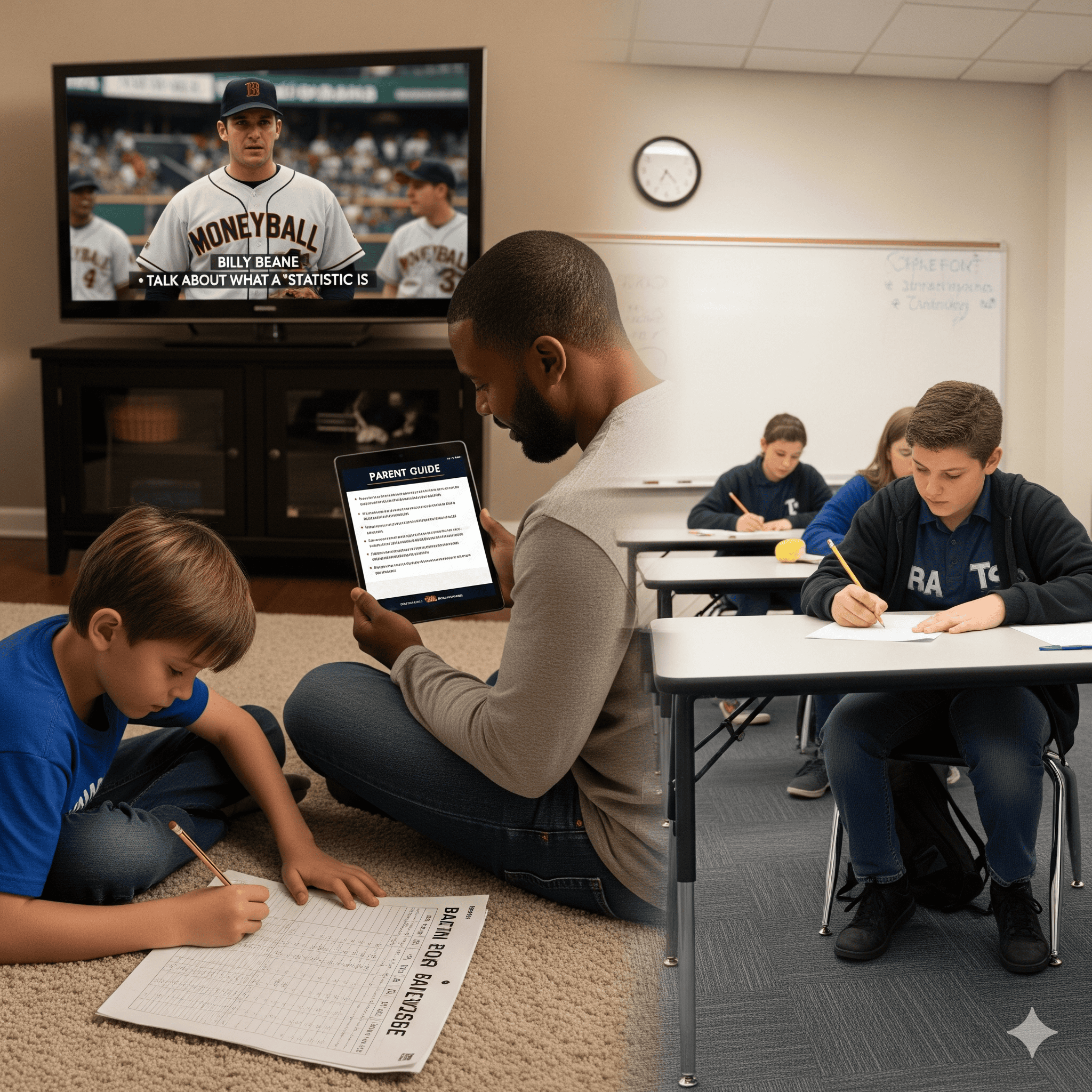
13 Movie-Based Math Lessons and Educational Films for Kids
These educational films and specials blend entertainment with math concepts, providing both knowledge, learning, and inspiration.
1. Donald in Mathmagic Land (1959)
This Disney classic shows Donald Duck entering a magical world where geometry and patterns reveal themselves everywhere. It explains fractions, music ratios, and symmetry through playful animation.
Age group: Younger kids (grades K–4)
Math concepts: Geometry, fractions, patterns in nature
Why it works: Kids see math not as a subject but as part of art, architecture, and music
Example: After watching, teachers can pause the scene on pentagons and spirals, then ask students to find similar patterns in the classroom. Parents can extend the lesson by clapping rhythms to explore ratios between beats
2. Hidden Figures (2016)
An inspiring true story about three African-American women mathematicians at NASA who helped uncover the truth and launch astronauts into space.
Age group: Middle school and older students
Math concepts: Algebra, statistics, real-world problem solving
Why it works: It connects math to history, equality, and the courage of the human spirit
This film demonstrates how hard work and persistence can break down barriers. Teachers can connect the film to lessons on equations, space science, and the ability to overcome challenges while discussing the themes presented. Parents can encourage discussions about perseverance and respect for diverse contributions.
Math is not only about numbers, it’s about solving problems that change lives
3. The Man Who Knew Infinity (2015)
The story of Srinivasa Ramanujan, a self-taught mathematician from India, whose theories transformed modern mathematics.
Age group: High school students
Math concepts: Sequences, number theory, proofs
Why it works: It shows that talent can emerge from any background and that the only limit is persistence and curiosity.
Teachers can link this to lessons on number patterns. The film also highlights the importance of cultural exchange in the history of mathematics.
4. A Beautiful Mind (2001)
Based on the life of John Nash, this film explores game theory and resilience in the face of mental health challenges.
Age group: High school
Math concepts: Probability, logic, algebra
Why it works: It connects advanced mathematical ideas to real-life strategy and economics. It also starts conversations about balancing brilliance with well-being.
Educators can use the Nash Equilibrium scene to explain strategic decision-making in economics or ethics.
5. Stand and Deliver (1988)
A powerful story about teacher Jaime Escalante, who inspired underprivileged students to excel in calculus.
Age group: Middle and high school
Math concepts: Algebra, calculus, perseverance
Why it works: It celebrates teaching, showing how belief in students changes lives.
Example: After a key scene where students face tough exam questions, a teacher might ask their class to create a study plan for mastering a new topic. This builds responsibility while modeling real classroom challenges.
6. Moneyball (2011)
Shows how statistics revolutionized baseball team management.
Age group: Middle and high school
Math concepts: Statistics, probability, data analysis
Why it works: It makes math relevant to sports—a great way to reach reluctant learners
Parents can watch with their young son or daughter who loves sports in class, then discuss how numbers shape strategy and decisions in games.
7. Flatland (2007)
An animated exploration of a two-dimensional world where shapes discover higher dimensions.
Age group: Upper elementary to middle school
Math concepts: Geometry, spatial reasoning, dimensions
Why it works: It transforms abstract geometry into a story that is visual and thought-provoking
Teachers can pair the film with hands-on 3D models or have students draw different things, like cross-sections of objects, to connect 2D and 3D space.
8. Queen of Katwe (2016)
Based on the true story of a Ugandan girl whose talent in chess leads to international success.
Age group: All ages, best for middle school
Math concepts: Logic, strategy, problem solving
Why it works: It shows how math-related skills like planning, foresight, and logical reasoning can transform lives
9. Math Curse (Short Film/Book)
A quirky tale about a child who sees math in every part of daily routine—measuring time, dividing chores, or calculating distances.
Age group: Younger kids
Math concepts: Everyday math, arithmetic, fractions
Why it works: It makes children laugh while showing them that math is everywhere in life
10. Cyberchase (TV Movie/Specials)
An animated adventure series where kids solve math problems to defeat villains.
Age group: Elementary school
Math concepts: Fractions, problem solving, arithmetic
Why it works: Short episodes are easy to use as lesson starters. The characters model teamwork and persistence
11. The Martian (2015)
A survival story where an astronaut uses math and science to stay alive on Mars.
Age group: Middle and high school
Math concepts: Estimation, conversions, applied problem solving
Why it works: It shows how math is essential for survival, innovation, and exploring the future.
Teachers can pause during calculation scenes and challenge students to solve simplified versions
12. The Story of One (BBC, 2005)
A documentary tracing the history of the number one and its role in civilization.
Age group: Upper elementary to high school
Math concepts: Arithmetic, number history, cultural development
Why it works: It links mathematics with history, philosophy, and other cultures, showing students that numbers are a shared human achievement
13. LeapFrog: Math Circus & Sesame Street Math Specials
Bright, playful films designed to teach counting, shapes, and arithmetic while making learning fun for very young learners.
Age group: Preschool and early elementary
Math concepts: Counting, addition, shapes
Why it works: Music, repetition, and humor ensure kids practice without realizing it’s a lesson
Parents can integrate these into bedtime routines or weekend viewing, turning screen time into learning fun.
How to Use Educational Films for Movie-Based Math Lessons at Home and in School
Movie-based math lessons let students see math in action. They explore concepts through stories, visuals, and characters' experiences. Educational films link mathematics to everyday life, making learning through movies more engaging for children across age groups. Children learn how numbers shape the world through algebra, arithmetic, and geometry. This sparks their understanding and curiosity.
Movie-Based Math Lessons at Home
At home, parents can turn screen time into an opportunity for growth and development. Hosting a family math movie night helps younger kids and older students connect math with fun. After the film, encourage your young son or daughter to share one idea they noticed. This activity teaches children to explore mathematical ideas without fear or worry, building confidence in their ability to learn.
Math Concepts in the Classroom
Teachers can use short movie clipsfrom educational films to introduce or reinforce math concepts during the school year. A film scene about probability, algebra, or problem-solving serves as a practical entry point for students. For example, Hidden Figures highlights respect, hard work, and the importance of mathematics in history, while The Martian shows how science and math combine to solve real challenges.
Classroom strategies:
Use a short clip to spark discussion at the start of class.
Connect math themes in a film to the curriculum.
Encourage students to recreate or explain a calculation from a scene.
Age Groups and Film Selection
Different films suit different age groups, which is why selecting the right resource is crucial. Younger kids enjoy animated stories that show fun problem-solving. Older students connect with influential educational films that highlight math genius, ethics, or cultural links. For example, Moneyball shows how to use probability and data analysis. The Man Who Knew Infinity focuses on the pursuit of truth, respect, and persistence. These movies based on math lessons can inspire curiosity and creativity in learners.
Critical Thinking Through Movies
Movies do more than show numbers; they model how characters use creativity, resilience, and problem-solving. Watching educational films helps students approach math with curiosity instead of fear. This builds critical thinking skills and supports mental health, proving that the only limit to learning is imagination. Children gain kids' math inspiration to solve problems, explore new things, and appreciate math's role in life.
Learning Guides for Parents and Teachers
Learning guides are valuable resources for linking films with the school curriculum. They provide ready-to-use questions, projects, and discussion prompts that make lessons meaningful. Parents and educators can use guides to focus on understanding, respect, and the human spirit behind mathematics. As Marcus du Sautoy explains, math is a universal language that connects art, science, and everyday life.
Example: After watching Moneyball, a teacher might ask students to calculate batting averages. This hands-on project utilizes sports to teach arithmetic, probability, and statistics in an engaging manner.
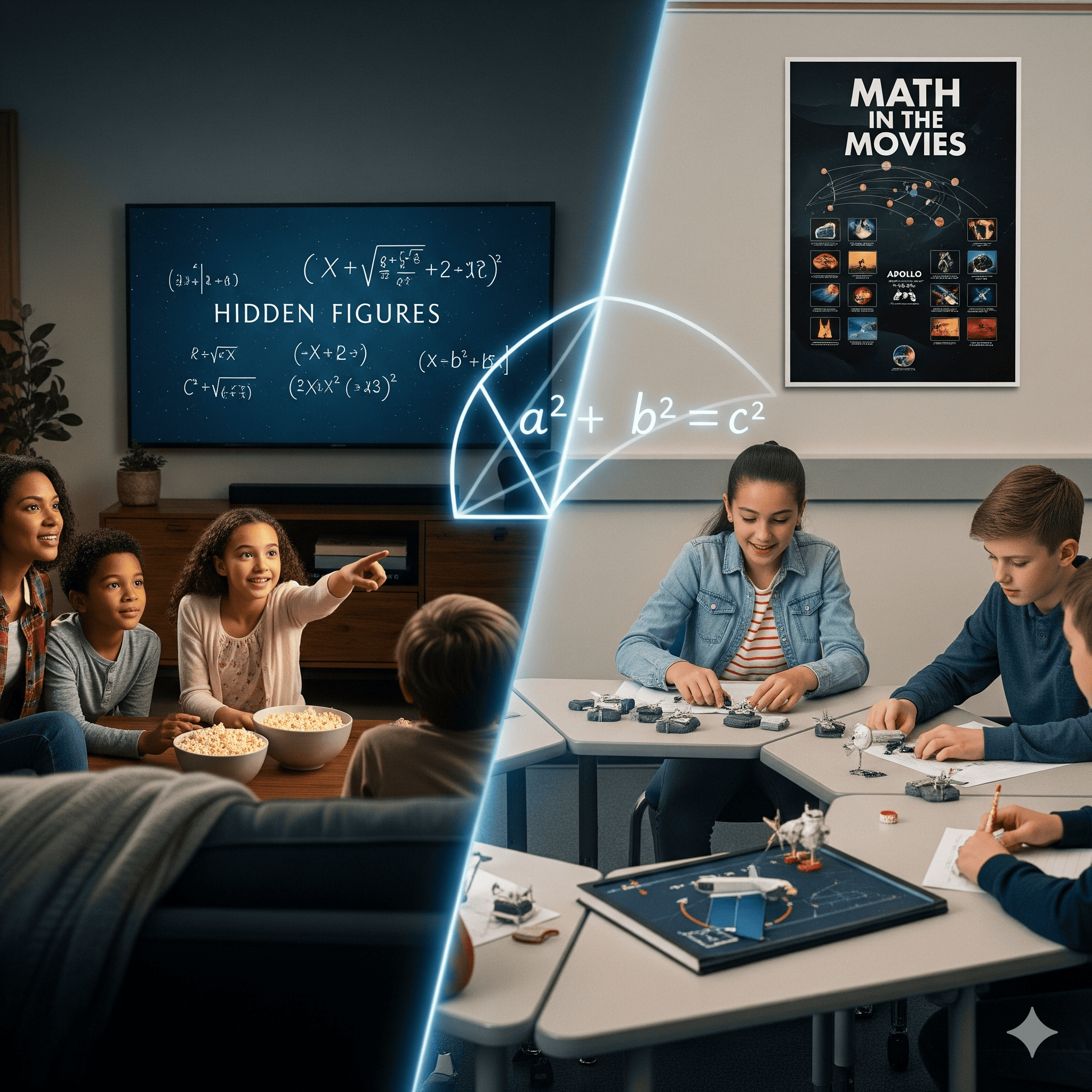
Frequently Asked Questions
How do movie-based math lessons work?
Movie-based math lessons use storytelling, visuals, and characters to explain math concepts in ways children can relate to. Instead of memorizing formulas, kids watch how mathematical ideas solve real problems in a story or educational film. This approach makes approaching math less intimidating and helps students build critical thinking skills they can use in everyday life.
Are these educational films suitable for all ages?
Yes. Many titles are perfect for younger kids, while some influential films like Hidden Figures or A Beautiful Mind are better for older students. Parents and teachers can select movies by age groups to match interest and maturity levels. The only limit is finding the right balance between entertainment and learning.
What’s the best way to encourage learning through movies at home?
Parents can turn films into learning guides by hosting a family movie night and discussing the math afterwards. For example, a young son might watch Moneyball and then calculate batting averages. Connecting films to school curriculum or everyday life keeps kids engaged, builds understanding, and shows that mathematics links directly to the world around them.
Do movies really inspire kids’ math inspiration?
Absolutely. Films transform math from abstract rules into exciting stories filled with hope, discovery, and the human spirit. Seeing a mathematical genius or a child succeed through logic helps students realize that math is part of art, science, and life itself. These educational films reduce fear, encourage hard work, and help kids believe they can succeed in the future.
Can teachers supplement the curriculum with these films?
Yes, teachers can use films as resources to enrich classroom lessons. A short film clip can introduce a new topic, highlight the importance of math in different cultures, or connect algebra to real-world applications. Educators can also design follow-up lessons where students explain the themes they noticed, helping them explore links between mathematics, history, and science.
